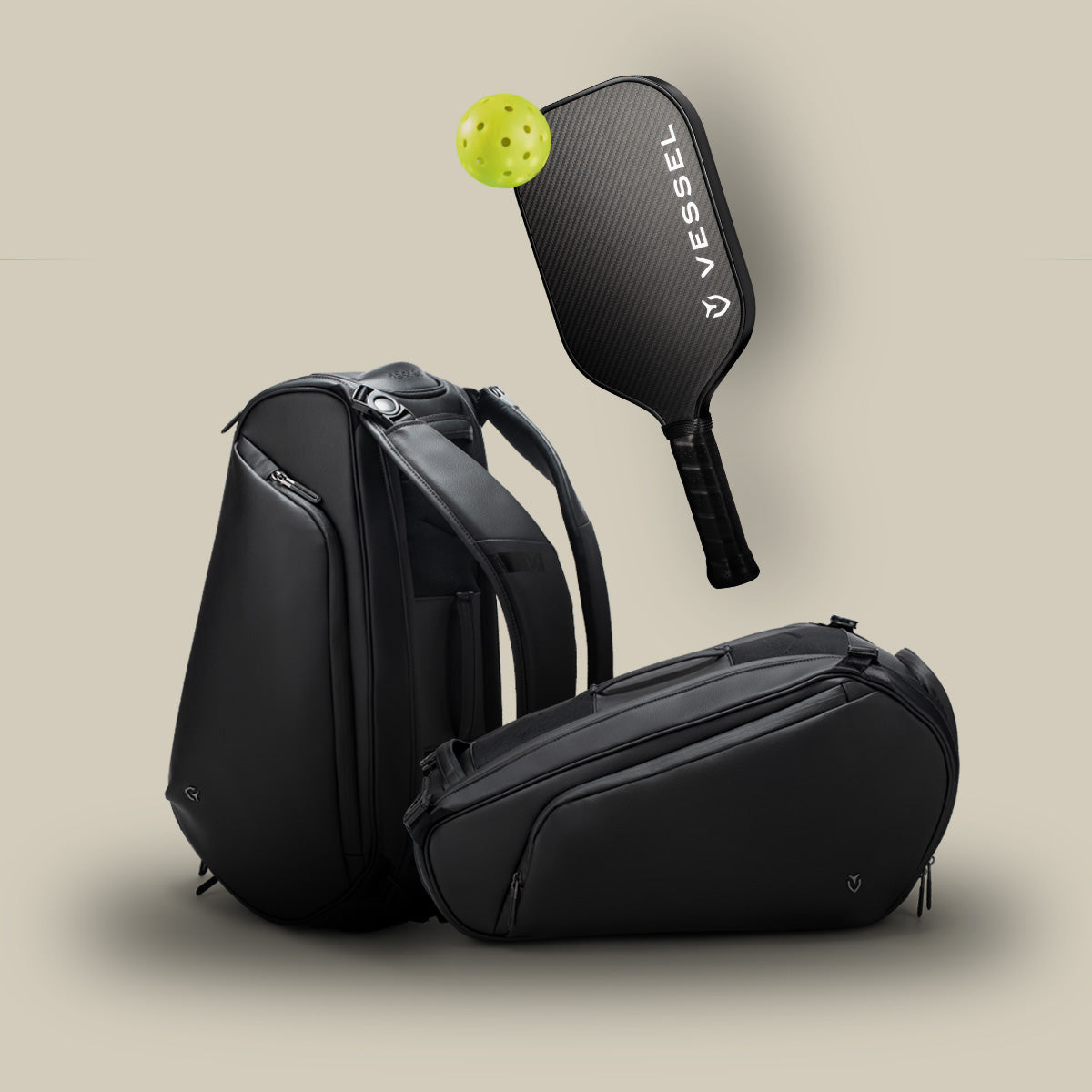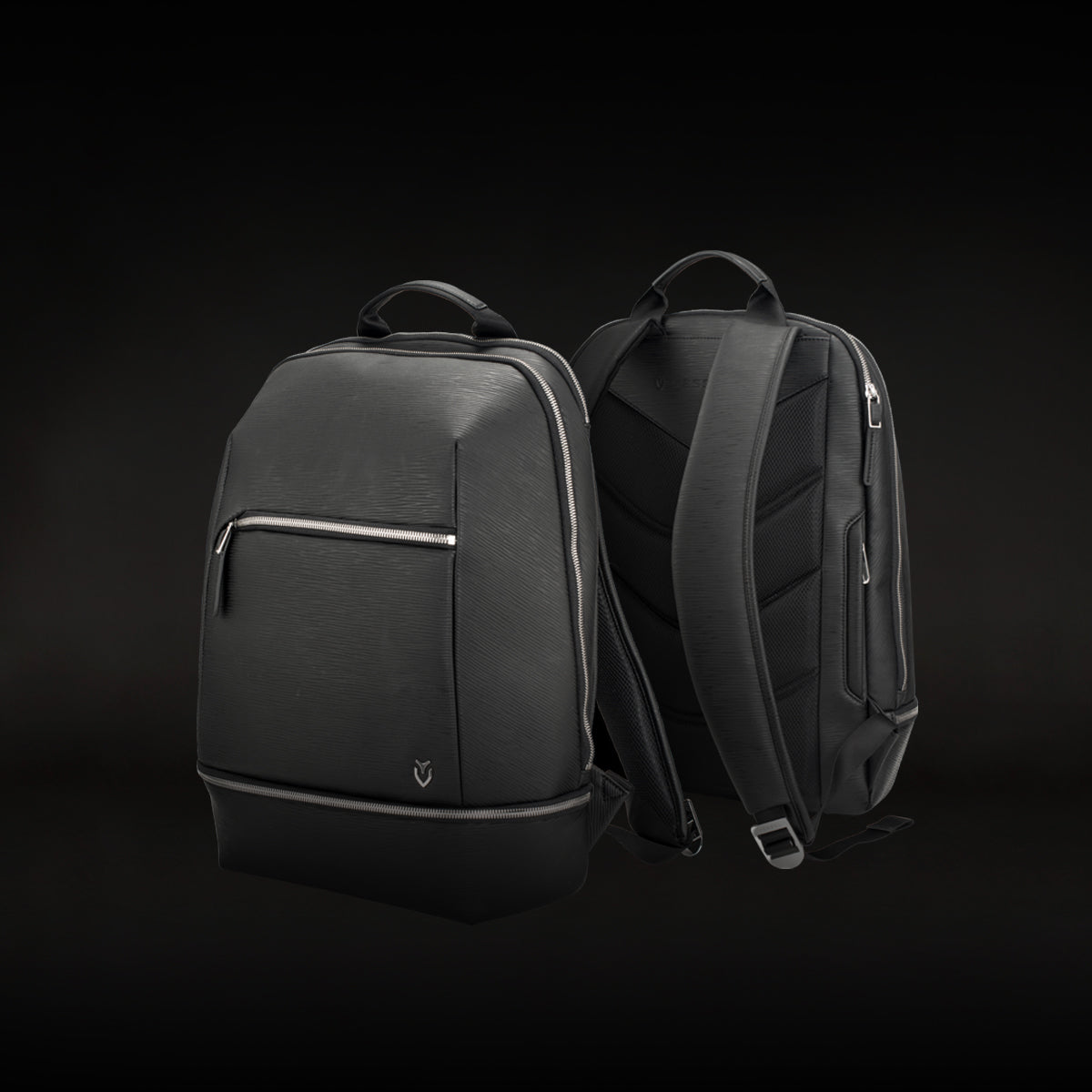

The five key differences you need to know: weight (steel weighs 95-130 grams vs. graphite's 40-115 grams), cost (steel's budget-friendly while graphite costs more due to advanced carbon fiber), feel (steel gives crisp feedback, graphite dampens vibrations), performance trade-offs (steel offers rock-solid accuracy, graphite provides extra distance), and suitability (beginners and advanced players prefer steel's honest feedback, while seniors and those with joint issues benefit from graphite's lighter weight and shock absorption—stick around to uncover which shaft alters your game).
Weight and Swing Speed Impact on Performance
When you're picking between steel and graphite irons, weight isn't just some tiny detail—it's actually one of the biggest things that'll change your whole game! Steel shafts usually weigh somewhere between 95 and 130 grams, while graphite ones are way lighter at 40 to 115 grams.
Here's the thing about that lighter graphite shaft. It can boost your swing speed, which means you'll hit the ball farther. Got a slower swing speed? Then graphite's definitely your buddy—it'll help you create more clubhead speed without working any harder.
But wait, there's a catch. Steel's extra weight gives you better control and keeps your shots more consistent. Think about it like this: graphite is like driving a zippy sports car, while steel is more like driving a sturdy pickup truck. Graphite gives you speed, but steel gives you that rock-solid stability and feel that lots of experienced golfers can't live without.
Here's something else to consider. Graphite shafts soak up shock way better than steel ones, which makes them gentler on your hands, wrists, and elbows when you hit the ball. Your joints will thank you after a long day on the course!
Oh, and here's a fun fact. Most irons you'll find in stores come with what's called a D2 swing weight—that's just the standard starting point manufacturers use. It basically means the club has a certain feel and balance when you swing it.
Durability and Cost Considerations
Since your golf clubs are a pretty substantial investment, understanding how steel and graphite irons hold up over time—and what they'll cost you upfront—is crucial for making the right choice.
Steel shafts win the durability battle hands down. They're incredibly tough and can handle the punishment of frequent play without breaking a sweat. Their resistant to wear nature makes them particularly appealing for golfers who play multiple rounds per week. Steel shafts can withstand various conditions while maintaining their performance characteristics over extended periods of use. Graphite shafts are durable too, but they're more prone to wear over time, especially if you don't maintain them properly.
Here's where it gets interesting: steel shafts are considerably more budget-friendly than graphite options. The advanced carbon fiber materials in graphite shafts drive up costs notably. If you're working with a tight budget or frequently upgrade your equipment, steel offers excellent long-term savings while still ensuring reliable performance season after season.
Feel, Feedback, and Vibration Dampening

Beyond the financial aspect, the way your iron shafts actually feel in your hands makes a huge difference in your game performance and general enjoyment on the course. Steel shafts deliver crisp, direct feedback through every swing. You'll feel exactly what happened at impact—whether you struck it pure or mishit slightly. This strong sensation comes from steel's natural stiffness and density.
Graphite takes a completely different approach. It dampens vibrations greatly, creating a smoother feel that's easier on your hands, wrists, and elbows. If you've got arthritis or joint issues, graphite's vibration-absorbing properties can be a transformative factor! However, this smoothness means you'll receive less feedback about swing errors. The carbon fibers in graphite construction are specifically designed to absorb impact shock. Older golfers particularly benefit from graphite's joint strain reduction properties.
Here's the thing: graphite excels during those marathon practice sessions, reducing fatigue while steel keeps you dialed into every shot's subtleties.
Accuracy Versus Distance Trade-offs
Choosing between steel and graphite irons means facing one of golf's classic dilemmas: do you prioritize pinpoint accuracy or chase those extra yards down the fairway?
Steel shafts give you rock-solid control through their rigidity, keeping your clubface square at impact for tighter shot patterns. They're your best bet when precision matters most. Graphite, on the other hand, delivers extra distance thanks to its lighter weight—you'll swing faster and hit longer shots, especially if your swing speed's on the slower side.
Here's the thing: modern graphite technology is closing the gap! Today's premium graphite shafts offer steel-like stability while maintaining that distance advantage. However, graphite can still increase shot dispersion due to its softer nature, potentially leading to wilder misses when you don't catch it clean. Modern steel shafts now come in much lighter weights around the mid-80g range, making them more accessible to average golfers. The weight difference between these shaft types is substantial—steel typically weighs around 128 grams while graphite ranges from 80 to 90 grams.
Golfer Suitability Based on Skill Level and Physical Needs
In the case of choosing between steel and graphite irons, your skill level and physical condition play a huge role in determining which shaft will actually help your game. If you're a beginner, steel shafts give you honest feedback about your swing mistakes, which speeds up learning. Advanced players typically prefer steel's precise control for consistent ball flight.
Here's where it gets interesting: your physical needs matter just as much! Senior golfers and those with arthritis benefit from graphite's lighter weight and vibration dampening. Got back problems? Graphite reduces strain considerably. High-handicappers often see distance improvements with graphite shafts, while golfers with slow swing speeds get that extra clubhead speed enhancement they desperately need.
Many golfers report that graphite shafts may reduce wrist and elbow pain for frequent players, making them particularly beneficial for those with prior injury concerns. Professional golfers typically favor steel shafts in the 115-130 gram range for optimal performance and control.
Frequently Asked Questions
Can I Switch Between Steel and Graphite Shafts on the Same Iron Set?
You can't just swap steel and graphite shafts between clubs in the same iron set. Each shaft needs professional installation through a process called re-tipping and re-assembly. Here's the thing - switching requires cutting, fitting, and rebuilding each club individually. It's not a simple swap! You'll need a club professional's help, and it can get expensive. Better to commit to one shaft type for consistency across your set.
How Do Weather Conditions Affect Steel Versus Graphite Shaft Performance?
Weather dramatically impacts your shaft performance in different ways. Steel shafts excel in windy conditions because they're heavier and produce lower ball flights that cut through gusts better. Graphite shafts struggle more in wind since they create higher launches that get pushed around. In cold weather, graphite loses flexibility and feels stiffer, while steel maintains consistent performance regardless of temperature changes.
Do Graphite Shafts Require Different Maintenance Compared to Steel Shafts?
Yes, graphite shafts need more careful maintenance than steel ones. You'll want to handle them gently since they're more fragile and can crack easier. Clean graphite shafts with mild soap and water, avoiding harsh chemicals that might damage the material. Steel shafts are tougher—they handle rougher treatment and harsh weather better. Store graphite clubs carefully to prevent chips or breaks.
Can Shaft Material Choice Affect My Iron's Resale Value?
Yes, your shaft material definitely impacts resale value! Graphite irons typically cost more upfront but often depreciate faster than steel shafts. Steel holds value better because it's more durable and appeals to a broader market. However, premium graphite models from top brands can retain decent value. The key factors are condition, brand reputation, and current market demand for that specific shaft type.
Conclusion
Your choice between steel and graphite irons really comes down to your personal game and priorities. If you're after precision and feedback, steel's probably your best bet. Want more distance and easier swings? Graphite's got you covered. Don't stress too much about making the "perfect" choice – try both at your local pro shop and see what feels right. Your wallet and scorecard will thank you later!







